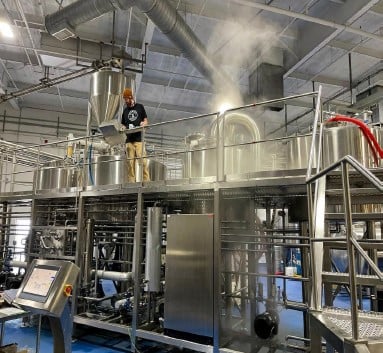Complete Beer Brewing System
Overview of a Complete Beer Brewing System
A complete beer brewing system consists of the equipment and processes necessary to produce beer on a commercial or microbrewery scale. It includes vessels for mashing, lautering, boiling, fermenting, and conditioning, alongside auxiliary components like heat exchangers, pumps, and controls. The system is designed to transform raw ingredients—malt, water, hops, and yeast—into the liquid gold we all love.
Brewing systems vary significantly in size, capacity, and complexity. A small brewpub might opt for a compact, 3-barrel system, while a larger production brewery could require a 30-barrel or more setup. Understanding your specific needs will help you choose the right system.
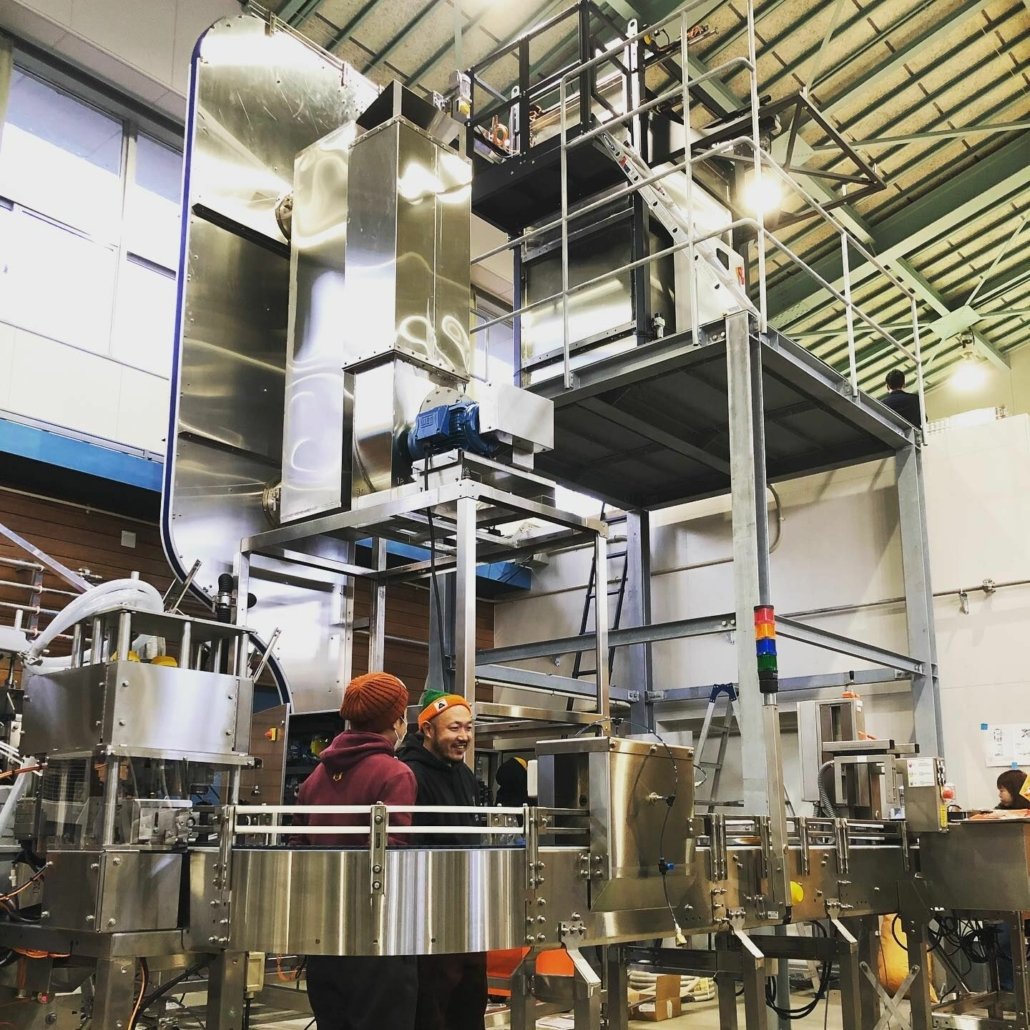
Troubleshooting Common Issues with Beer Brewing Equipment
Even the best-designed brewing systems encounter hiccups. Here are some common challenges and how to address them:
1. Uneven Mash Temperatures
This occurs when the mash tun doesn’t distribute heat evenly. Solutions include installing an agitator or using a recirculating pump.
2. Clogged Lauter Tun
Grain bed compaction can obstruct wort flow. Avoid this by properly milling your grains and using a false bottom or sparging arm.
3. Inefficient Fermentation
If your yeast isn’t performing as expected, check for issues like improper pitching rates, temperature fluctuations, or contamination.
4. Boiler Scaling
Mineral deposits can reduce efficiency. Regular cleaning with acid-based solutions can prevent this.
5. Contamination Issues
Sanitation is critical. Invest in high-quality cleaning-in-place (CIP) systems and adhere to strict cleaning protocols.
The Brewing Process Explained
Step 1: Milling
The brewing process begins with milling the malted barley to expose the starches inside. Proper milling ensures maximum extraction during mashing.
Step 2: Mashing
In the mash tun, the milled grains mix with hot water to convert starches into fermentable sugars. Temperature control is crucial here, as it influences the beer’s body and flavor profile.
Step 3: Lautering
The mash is transferred to the lauter tun, where the liquid wort is separated from the spent grains. Sparging helps extract additional sugars.
Step 4: Boiling
The wort is boiled in the kettle, and hops are added for bitterness, flavor, and aroma. Boiling sterilizes the wort and extracts hop compounds.
Step 5: Cooling
The boiled wort is rapidly cooled using a heat exchanger to prepare it for fermentation. This step is critical to avoid contamination and ensure optimal yeast activity.
Step 6: Fermentation
The cooled wort is transferred to fermenters, where yeast is added. Over days or weeks, the yeast converts sugars into alcohol and carbon dioxide.
Step 7: Conditioning and Packaging
Finally, the beer is conditioned to refine its flavor before being packaged in kegs, cans, or bottles.
Capacity, Space, Design, and Customization
| Parameter | Details |
|---|---|
| Capacity | Systems range from 1-barrel (31 gallons) for homebrewers to 100-barrel (3,100 gallons) for large breweries. |
| Space | A compact 3-barrel system may fit in a 500 sq. ft. space, while larger systems require 2,000 sq. ft. or more. |
| Design | Modular designs allow for easy expansion, while integrated systems offer seamless operation. |
| Customization | Options include additional vessels, advanced automation, and tailored aesthetics to match your brand. |
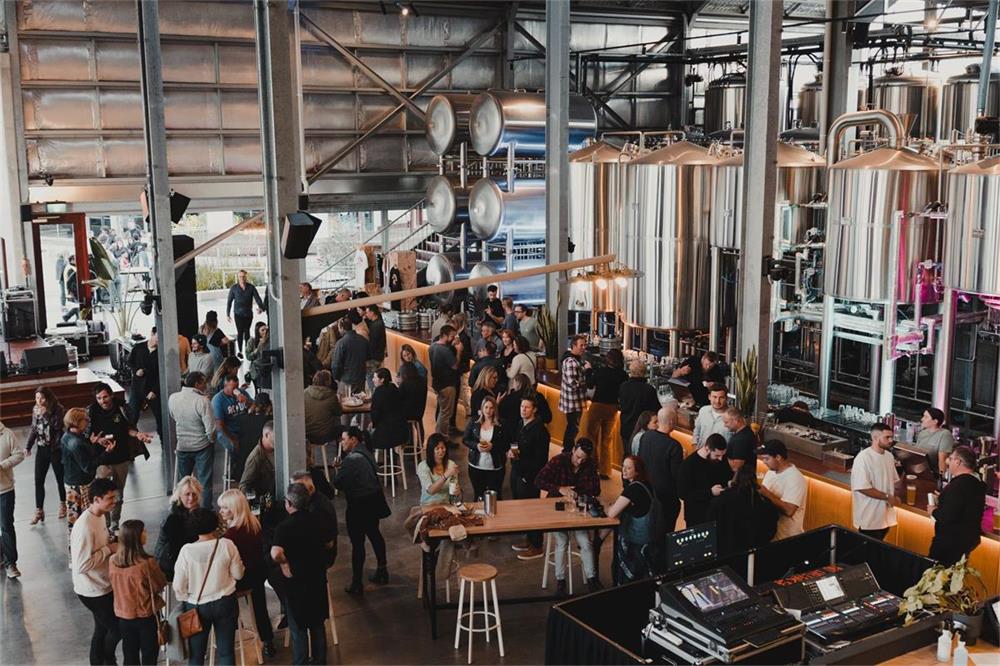
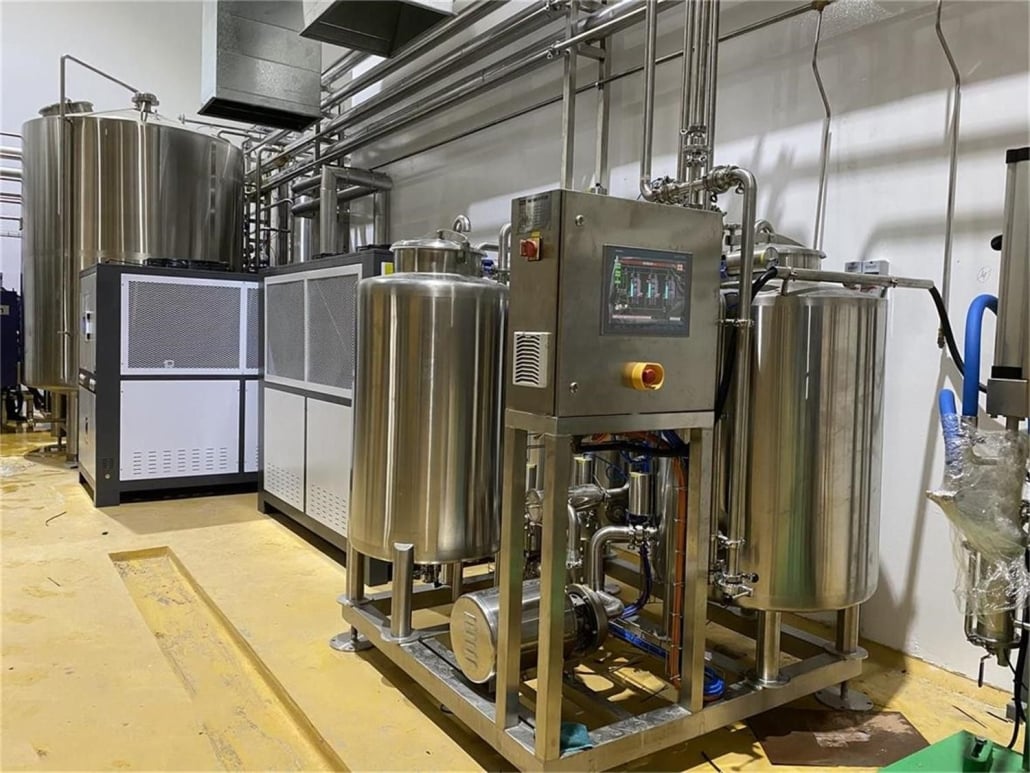
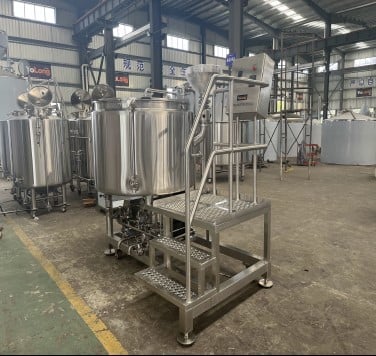
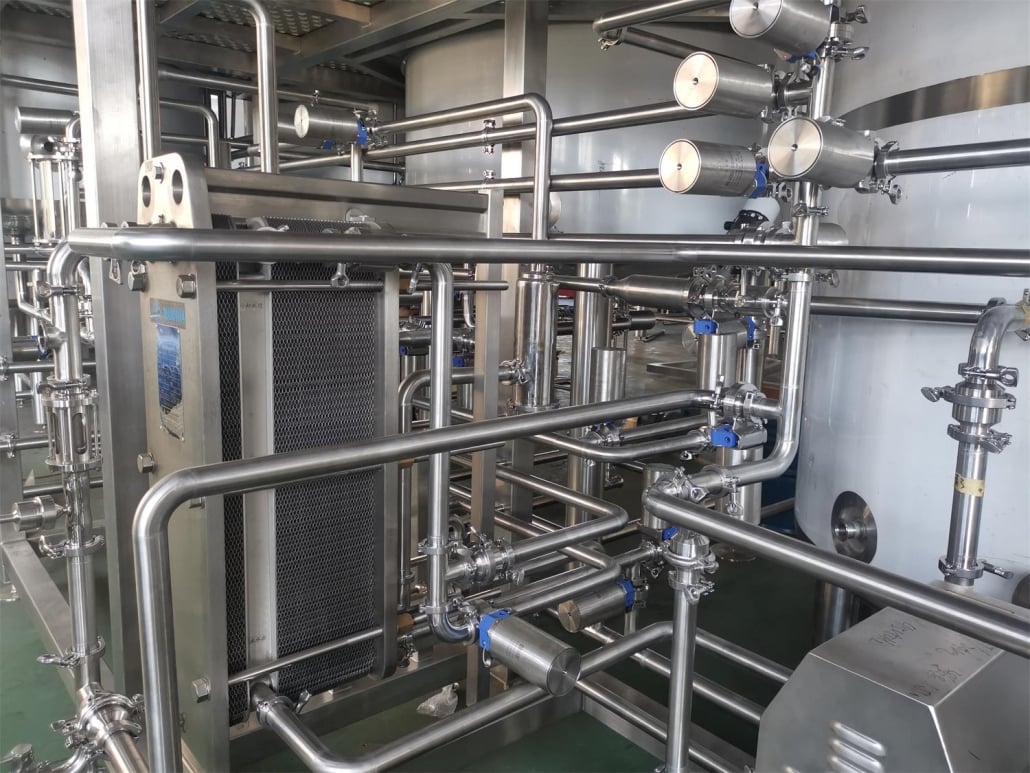
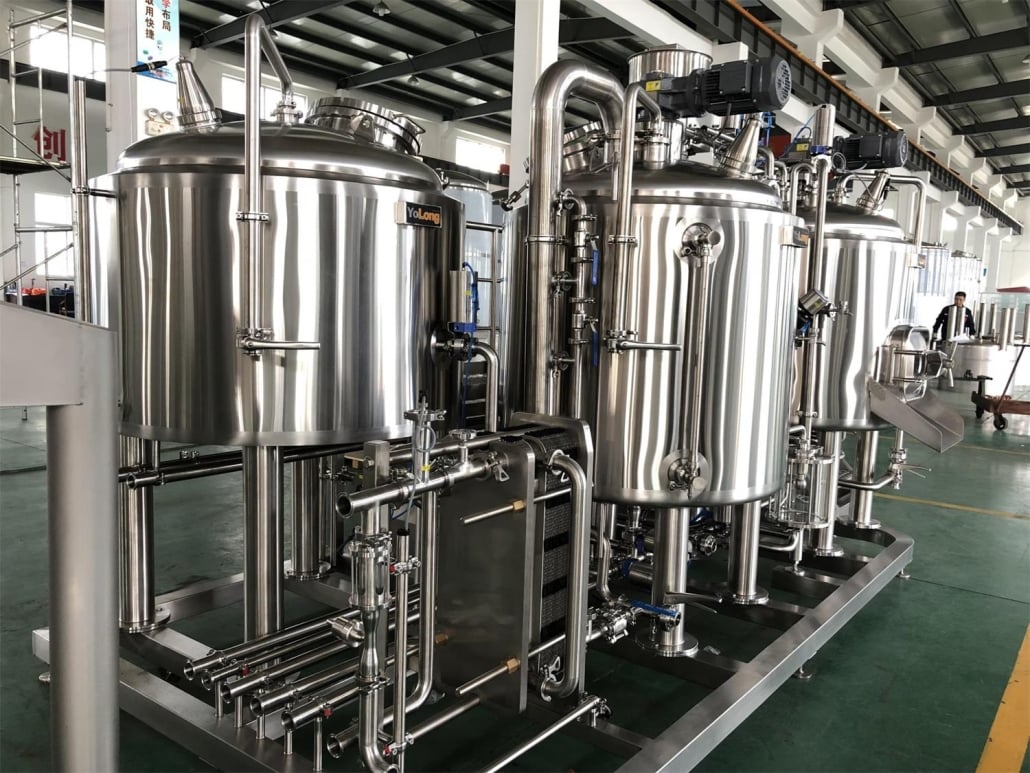
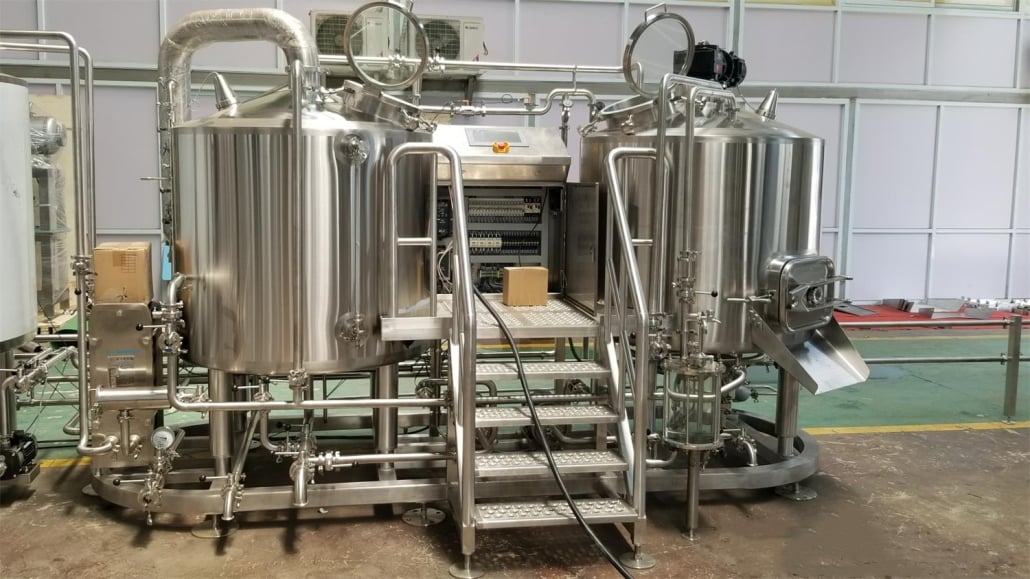
Suppliers and Price Range
| Supplier | Price Range | Special Features |
|---|---|---|
| ABC Brewing Co. | $50,000 – $100,000 | Compact systems, excellent support |
| CraftBrew Systems | $75,000 – $150,000 | Customizable designs, energy-efficient components |
| ProBrew Technologies | $100,000 – $500,000 | High-capacity systems, advanced automation |
| BrewMasters Equipment | $20,000 – $80,000 (microbrewery scale) | Affordable options for startups, modular expansions |
Installation, Operation, and Maintenance
| Aspect | Details |
|---|---|
| Installation | Requires skilled professionals for proper setup, including plumbing, electrical, and ventilation systems. |
| Operation | Training is essential to operate automated and manual systems efficiently. |
| Maintenance | Regular cleaning, calibration, and inspection ensure longevity and consistent performance. |
How to Choose a Supplier
| Criteria | Details |
|---|---|
| Reputation | Check reviews and references to ensure reliability and quality. |
| Customization | Look for suppliers offering tailored solutions to meet your specific needs. |
| Warranty | A comprehensive warranty indicates confidence in the product’s durability. |
| After-Sales Support | Access to spare parts, maintenance services, and troubleshooting support is crucial. |

Advantages and Limitations of Brewing Systems
| Parameter | Advantages | Limitations |
|---|---|---|
| Small Systems | Affordable, compact, easy to operate | Limited production capacity |
| Large Systems | High efficiency, scalable, supports automation | Expensive, requires significant space |
| Modular Systems | Flexible, easy to expand | May require additional installation effort |
| Integrated Systems | Seamless operation, consistent quality | Higher upfront cost, less flexibility |
FAQs
| Question | Answer |
|---|---|
| What is the best size for a startup brewery? | A 5 to 10-barrel system is ideal for balancing cost and production needs. |
| How much does a complete brewing system cost? | Prices range from $50,000 for small setups to over $500,000 for large, automated systems. |
| Can I automate my brewing process? | Yes, most modern systems offer varying levels of automation, depending on your budget. |
| How often should I clean the equipment? | Cleaning should occur after every brew, with deep cleaning performed monthly or quarterly. |
| What permits do I need to operate a brewery? | You’ll need federal and local brewing licenses, health permits, and possibly environmental clearances. |
Share this entry
Interested in learning more about Brewing Systems including additional details and pricing information? Please use the form below to contact us!
YOLONG BREWERY EQUIPMENT FAQS
- Commercial Brewery / Craft Brewery / Microbrewery / Nanobrewery
- What is The Difference Between Craft Beer and Industrial Beer?
- The Bespoke Differences In Custom Brewing Systems
- Everything You Need to Know About Kettle Souring
- How to Choose Brewing Equipment for Your business?
- How To Choose The-Best Partner To Build Your Commercial Microbrewing System?
- Two Detection Sensors That You Need To Use In Your Brewhouse System
- Remote Control Applications in Brewing Equipment/How does it work?
- How To Clean Your Brand New Brewery Tanks?

